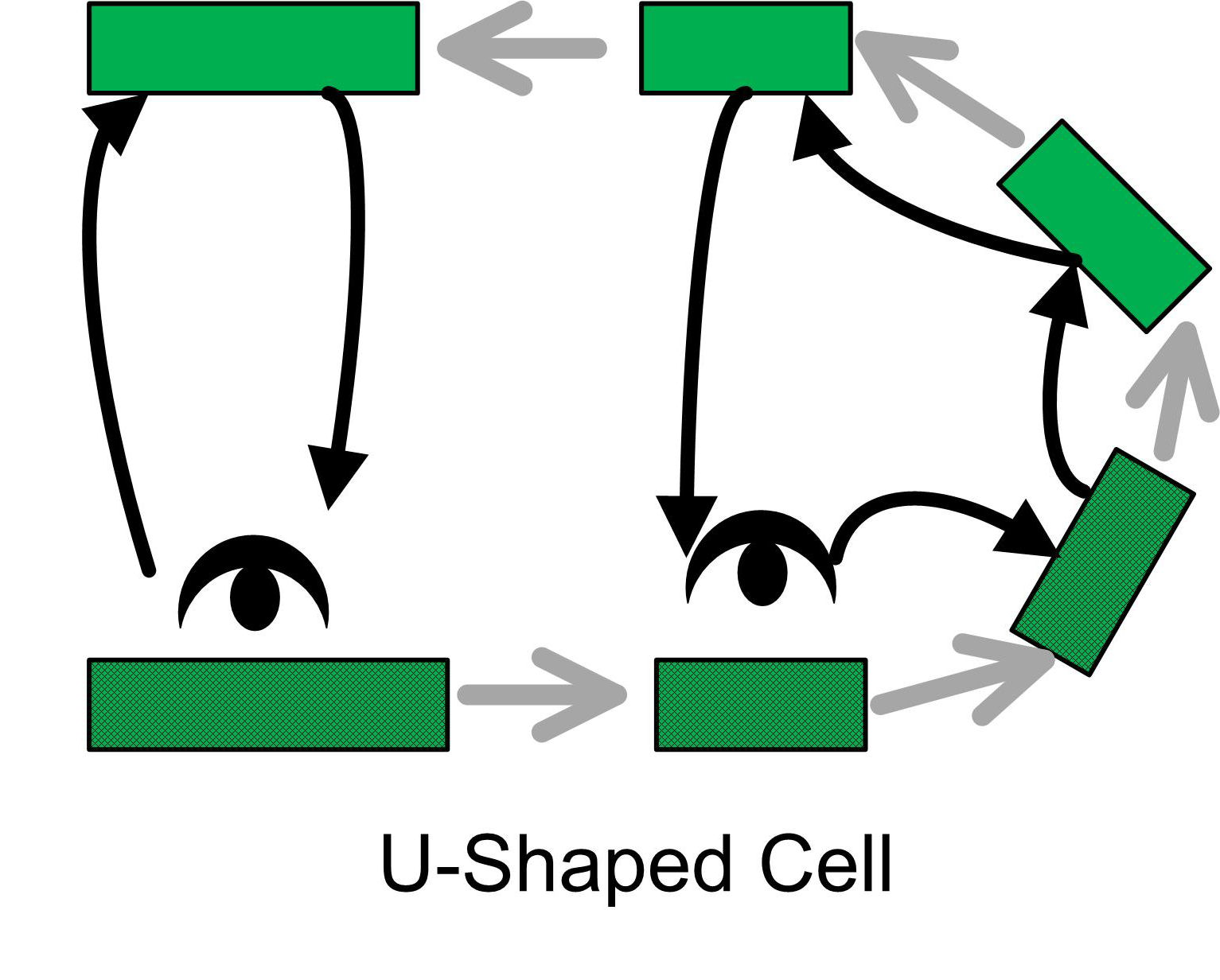Flowchart
A flowchart shows the progression of an entity (product, person, information, etc.) through a process.
A flowchart can depict a formal process in the workplace, or something informal, like how a person decides where to go to dinner.
The degree of detail of a flowchart can vary from an overview to detailed, step-by-step guide about the process.
